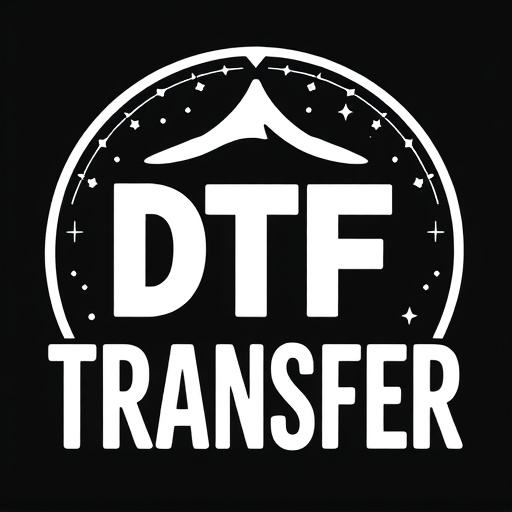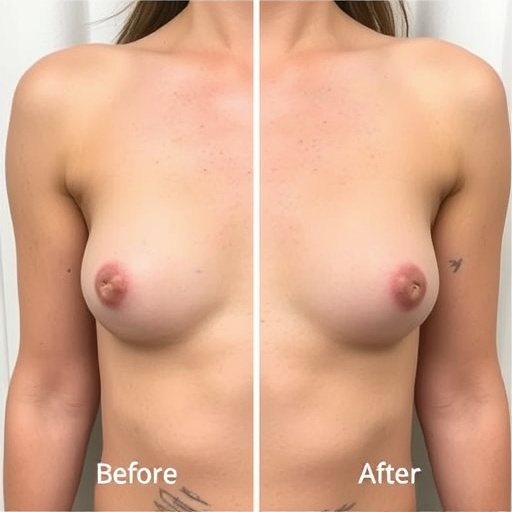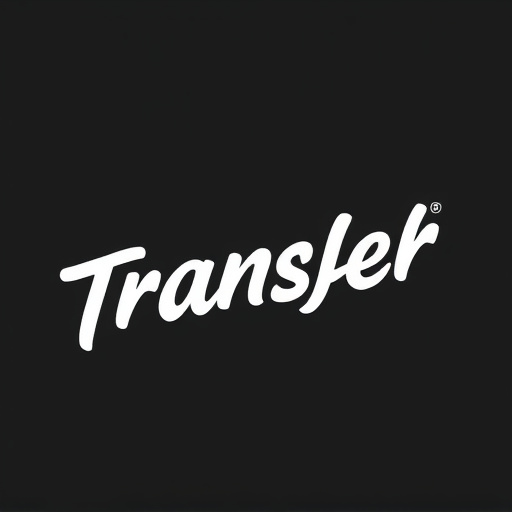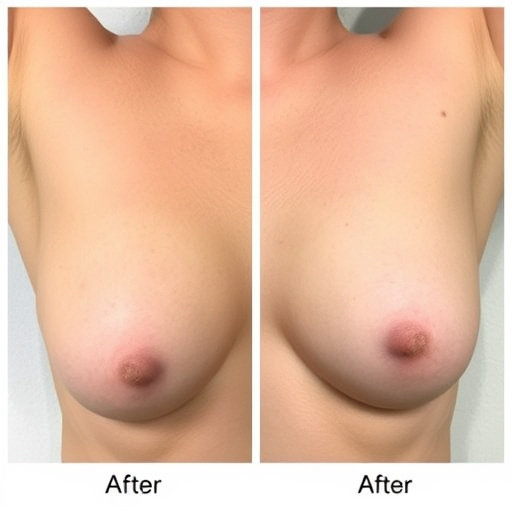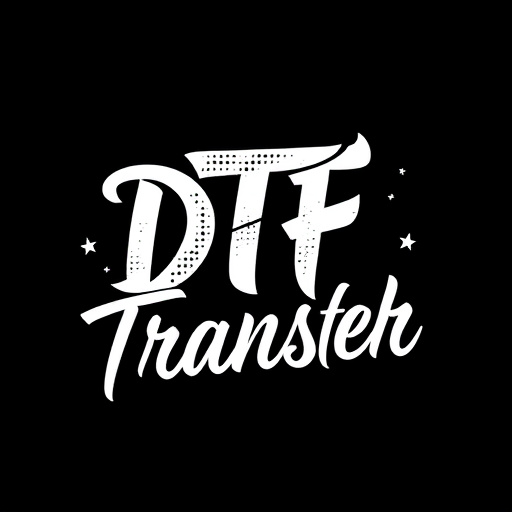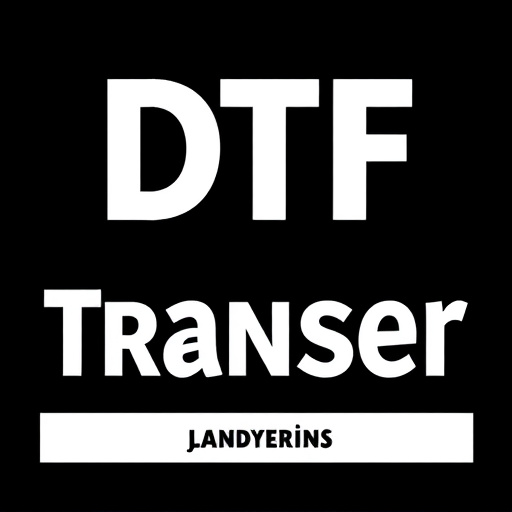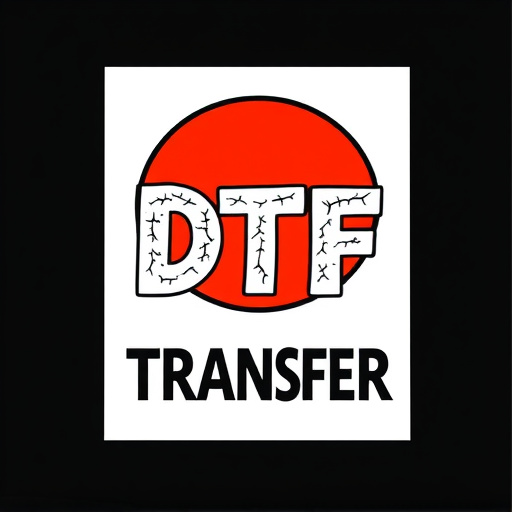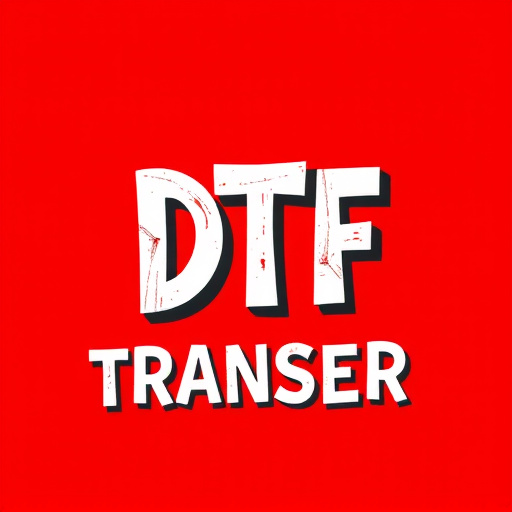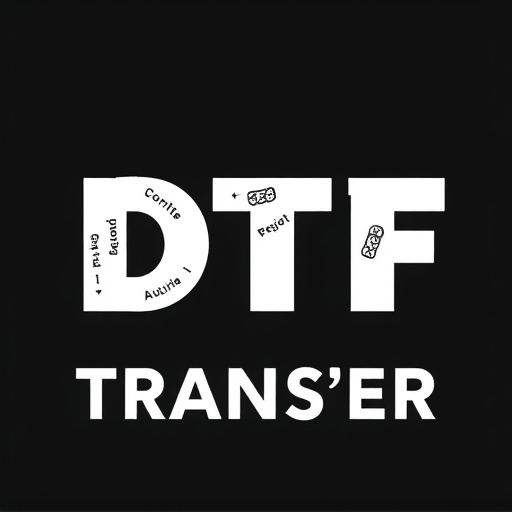Direct-to-Film (DTF) technology is transforming cap decoration with advanced customization, high-quality prints, and cost-effective solutions. This modern technique allows for intricate designs, vibrant colors, and unique statements on urban wear, sports team uniforms, and limited-edition items. DTF transfers offer seamless tailoring to various cap shapes and sizes, eliminating high setup costs from traditional printing methods. Proper sizing and material selection ensure optimal aesthetic results, while a detailed guide provides step-by-step instructions for achieving precise, high-quality decorations.
“Discover the future of cap decoration with specialized DTF (Direct-to-Film) transfers. This innovative approach allows for intricate, high-quality designs applied directly to caps, offering unparalleled customization opportunities. In this comprehensive guide, we’ll explore the benefits and intricacies of DTF transfers. From understanding the direct-to-film process to mastering sizing and material selection, you’ll learn how to create stunning cap decorations. Elevate your brand or personal style with the magic of DTF technology.”
- Understanding DTF Transfers: A Direct-to-Film Approach
- The Appeal of Customization for Cap Decoration
- Benefits of Using Specialized DTF Transfers
- Sizing Considerations for Optimal Cap Decor
- Choosing the Right Materials and Techniques
- Implementing DTF Transfers: Step-by-Step Guide
Understanding DTF Transfers: A Direct-to-Film Approach
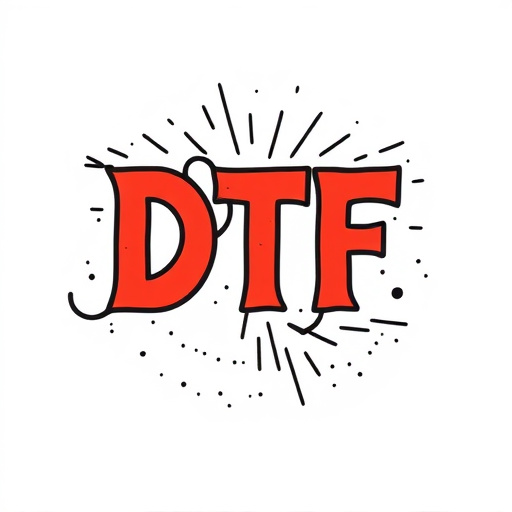
Direct-to-film (DTF) transfers represent a cutting-edge approach in the world of cap decoration, offering unparalleled customization and quality. This innovative method bypasses traditional printing processes by applying graphics directly onto the surface of the film used for caps. DTF allows for an extensive range of design possibilities, from intricate details to vibrant colors, ensuring every cap becomes a unique statement piece.
By utilizing specialized equipment, DTF transfers create high-resolution prints that are not just visually stunning but also long-lasting. This direct application method eliminates the need for intermediate steps, resulting in faster production times and more cost-effective solutions for cap manufacturers and designers. The versatility of DTF makes it suitable for various industries, from fashion to sports, where customized caps are in high demand.
The Appeal of Customization for Cap Decoration
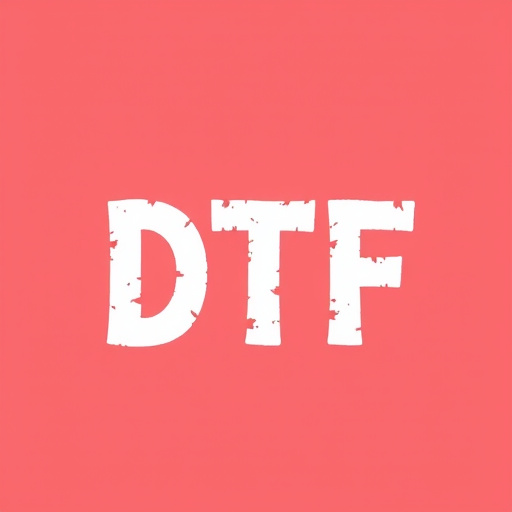
In today’s market, customization is a powerful tool that captivates consumers. When it comes to cap decoration, Specialized Direct-to-Film (DTF) transfers offer an unparalleled level of personalization. The appeal lies in the ability to create unique and eye-catching designs tailored to individual preferences and brand identities. With DTF technology, virtually any image or graphic can be transformed into a high-quality print, applied directly onto caps, and becoming an extension of personal style or corporate branding.
This method allows for creative expression and stand-out in a crowded market. From trendy urban wear to sports team uniforms, custom cap decorations have become a means of self-expression and brand promotion. The versatility of DTF transfers ensures that each cap becomes a canvas, where design possibilities are only limited by imagination. This level of customization has revolutionized the way businesses and individuals approach cap decoration, fostering a vibrant and dynamic trend in personalizing headwear.
Benefits of Using Specialized DTF Transfers

Specialized Direct-to-Film (DTF) transfers offer a range of benefits for cap decoration, revolutionizing the way designers and manufacturers create unique, high-quality designs. Firstly, DTF allows for complex and detailed artwork, from vibrant colors to fine lines, without compromising on resolution or sharpness. This is particularly advantageous for intricate patterns or text that require precision.
Additionally, DTF transfers provide a cost-effective solution for small batch production or one-off caps. Unlike traditional printing methods that demand substantial set-up costs, DTF can quickly reproduce designs, making it ideal for limited-edition items or personalized caps. The versatility of DTF further extends to various cap shapes and sizes, ensuring every decoration is tailored to fit perfectly.
Sizing Considerations for Optimal Cap Decor
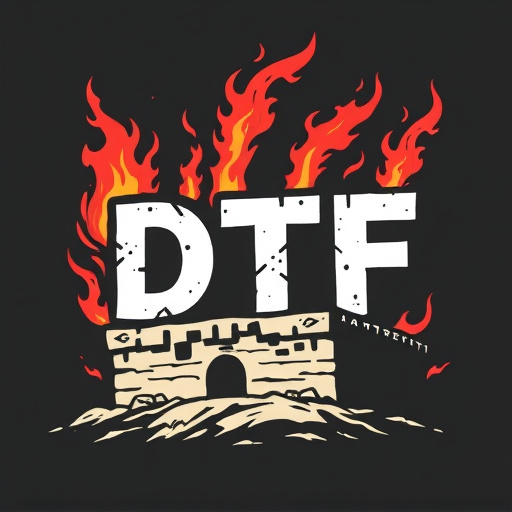
When it comes to cap decoration, specialized direct-to-film (DTF) transfers offer a unique and versatile option for designers. Sizing these transfers appropriately is crucial to ensure optimal cap decor. The primary consideration is understanding the cap’s dimensions and surface area, as this directly impacts the final aesthetic. Transfers should be sized to cover the desired portion of the cap, taking into account any overlapping or negative space.
For example, if you’re decorating a baseball cap with a vibrant graphic, the DTF transfer should match the curved surface accurately. A common mistake is creating transfers that are too small, resulting in pixelation or loss of detail. Conversely, oversized transfers may cause issues during application and could cover unwanted areas of the cap. Therefore, precise sizing is key to achieving high-quality, visually appealing cap decor using DTF transfers.
Choosing the Right Materials and Techniques

When creating specialized direct-to-film (DTF) transfers for cap decoration, selecting the appropriate materials and techniques is paramount to achieving exceptional results. The first step involves choosing high-quality film substrates that can withstand the printing process and subsequent application on caps. Look for films with a smooth finish and adequate durability to ensure long-lasting decorability.
Additionally, the inks used in DTF transfers must be carefully considered. Solvent-based inks often offer vibrant colors and good adhesion, making them ideal for this application. It’s crucial to match the ink type with the chosen film substrate to prevent cracking or peeling over time. Proper preparation of the cap surface is another vital aspect; cleaning and conditioning ensure optimal bonding between the transfer and the cap, enhancing the overall aesthetic appeal and longevity of the decoration.
Implementing DTF Transfers: Step-by-Step Guide
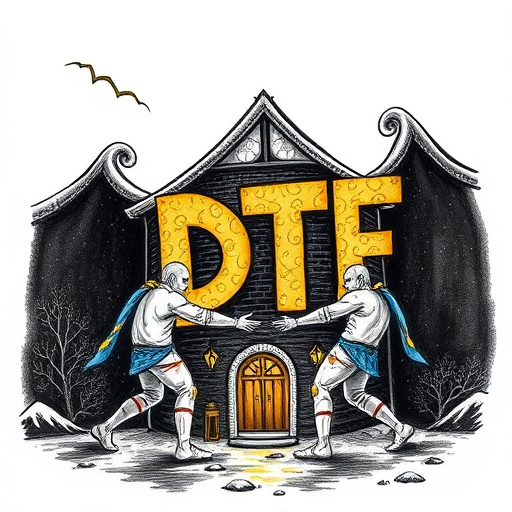
Implementing Direct-to-Film (DTF) Transfers: A Step-by-Step Guide
1. Prepare Your Design: Start by creating or sourcing a high-resolution digital design that meets your desired specifications for size and quality. Ensure the design is in a compatible file format, such as SVG or PNG, to facilitate seamless integration into the DTF process.
2. Choose the Right Material: Select a suitable film transfer material based on factors like color accuracy, durability, and compatibility with your intended application. Common choices include vinyl, polyester, or polycarbonate films designed specifically for cap decoration. Pre-cut films can save time and ensure accurate sizing for caps.
3. Set Up Your Workstation: Gather all necessary tools, including a computer with graphic design software, a cutting plotter (if using pre-cut film), ink or toner, and cap samples. Ensure your workspace is clean and organized to minimize errors during the transfer process.
4. Position the Design: Using your software, precisely position the digital design onto the film transfer material. Take care to align it correctly, as any misalignment will result in a flawed final product. Adjust settings for cutting or printing according to the manufacturer’s guidelines.
5. Cut or Print the Film: With the design properly positioned, cut the film using a cutting plotter or print directly onto the transfer material if your device supports it. Ensure sharp cuts or precise printing for optimal results.
6. Apply the Transfer: Carefully apply the transferred film to the cap, ensuring full coverage and smooth alignment. Use heat and pressure according to the specific film’s instructions to achieve a lasting bond. Remove any air bubbles or creases for a professional finish.
